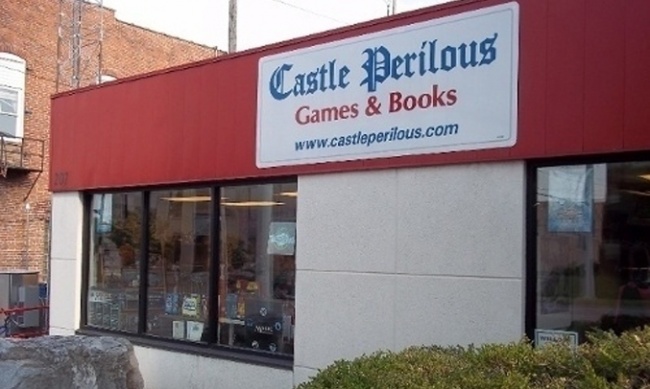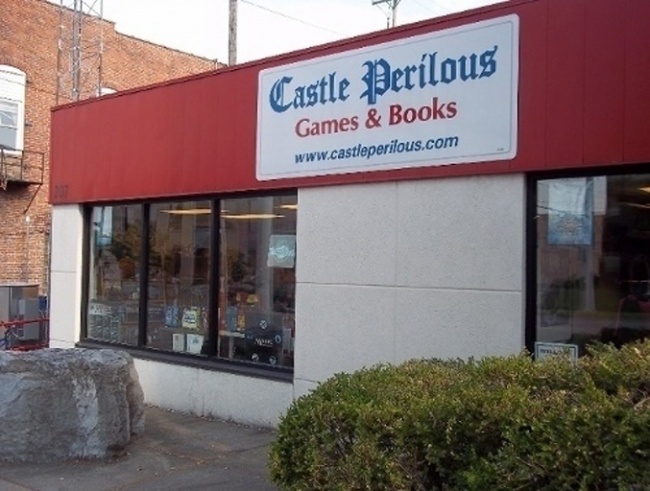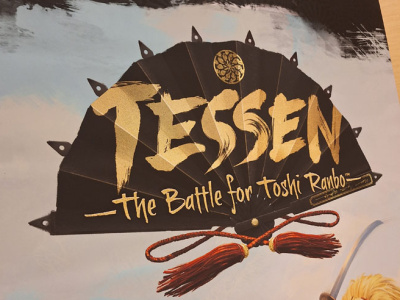Rolling for Initiative is a weekly column by Scott Thorne, PhD, owner of Castle Perilous Games & Books in Carbondale, Illinois and instructor in marketing at Southeast Missouri State University. This week, Thorne takes a look at four trends that have happened in the games industry over the last decade.
Since we move into a new decade in next week, it's a good time to look back at, not only changes in the games industry in the past year, but changes in the industry over the past decade. So, without further adieu:
A Glut of Games. I wrote back in 2016 about the glut of board and RPG games hitting the market (see "Rolling for Initiative--A Glut of Games"). True then, and still true today. Looking at any of the distributor monthly magazines shows consistent releases of 200 to 300 titles per month. Unlike the comic book market, which can generally absorb (and is set up for) hundreds of new releases per month, the game market can only absorb so many titles. For every Wingspan or Gloomhaven, we see hundreds of games coming through the pipeline and store owners have to gatekeep even more stringently what products what they choose to put on the shelf. Speaking of Gloomhaven,:
The Rise (and Decline) of the $100 game. Gloomhaven is probably the best example of the hot-selling $100+ game, although CMON has put out quite a few of them as have AEG and even Steve Jackson Games (see "Rolling for Initiative--It's Gift Week at ICv2 So Here Are Four Things I Think Will Be Hot"). It is hard to believe, 10 years ago, that companies would successfully pitch and sell board and RPG games with a MSRP of over $100, and even more so, that stores would successfully sell them. However, interest in games at that price point seems to have declined at the brick-and-mortar end of the channel. Although companies still regularly offer board games with MSRPs of over $100 (still waiting to see one breaking the $1000 price point and I still have not seen much interest in RPGs over $100), a growing number of retailers are choosing to skip the high end board games, choosing to focus on board games with a lower MSRP, generally looking at those in the $50 to $60 range or less. High end board games and much board game production has moved to:
Kickstarter. As noted in several past columns (see "Rolling for Initiative--Crowdfunding: The Future of Distribution?"), Kickstarter has become the distributor of choice for the release of many new games. If you are a fledgling publisher that has a new idea and want to see if the market will support it, Kickstarter and other crowdfunding options allow you to test the waters by creating a campaign for your idea, launching it and seeing if enough people will support your idea by funding it, allowing you to bring it to fruition. If enough people don't support your campaign, unlike in the past, you lose nothing.
Prior to crowdfunding, publishers had to front the funding for the game and risked losing their money if it failed to sell. Now, the onus is put on the purchaser. If they don’t show enough interest, the campaign shuts down. Even “regular” publishers, such as Troll Lord Games, Atlas Games, AEG and Steve Jackson Games have looked at this model and adopted it for product releases about which they are uncertain. A number of Kickstarter publishers, CMON among others, offer a retailer option, trading commitment of a larger amount of capital to help fund the game in exchange for games at wholesale pricing or lower with a release in advance of street date.
Web Programming to Sell Games. The first of these or at least the best known was Wil Wheaton’s Tabletop series, which premiered back in 2012 and generated what retailers called the “TableTop bump,” a noticeable sales increase in the weeks following its appearance on the show (see "Rolling for Initiative--Talking About TableTop"). Over the years, other series, such as Watch It Played, SpellSlingers, Shut Up and Sit Down, and Game the Game have premiered and while successful to a large extent, none have had the impact on the industry that TableTop did. Critical Role comes very close though, in its impact on the growth of interest in D&D and the number of people getting involved in RPGs.
I have probably overlooked several trends. If you think of one that you think I ought to address, email me at castleperilousgames@gmail.com. Next week, a look at games industry trends to come.
The opinions expressed in this column are solely those of the writer, and do not necessarily reflect the views of the editorial staff of ICv2.com.









